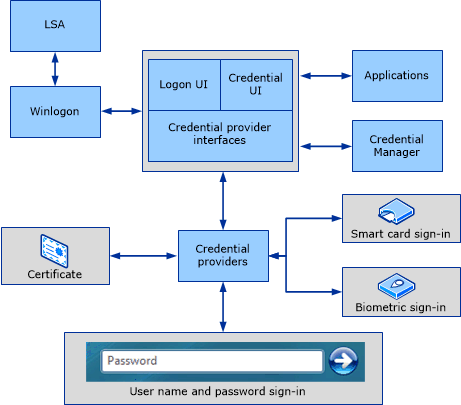
What is a Credential Provider?
Definition and Purpose
A credential provider is a specialized software component used by operating systems, most notably Windows, to facilitate user authentication. Its primary purpose is to manage how different types of credentials—such as passwords, PINs, biometrics (fingerprints or facial recognition), or smartcards—are collected and submitted during the login process. Credential providers essentially define both the look and behavior of the login interface, shaping the user experience when signing into a system.
How Does it Work?
When a user initiates a login, the operating system activates the credential provider. This component then displays the appropriate interface to prompt the user for authentication data. Depending on how it’s configured, it may present options for entering a password, scanning a fingerprint, or tapping a smartcard. Once the user provides their credentials, the credential provider securely packages and transmits this information to the underlying authentication engine, which validates the input. If the credentials are verified successfully, the user gains access to the system; if not, access is denied, and the user may be prompted to try again. This modular approach allows organizations to customize or extend authentication methods to meet security requirements or user convenience.
Enterprise 2FA and password manager. One key for all your passwords. Experience fully automated login and security. Faster MFA, auto-OTP, password manager, and worry-free workflow with proximity-based privileged access management for Windows 11, 10, 8, 7, VPNs, websites, and desktop applications including MES, EHR, CAD, and more.
or call 240-547-5446

